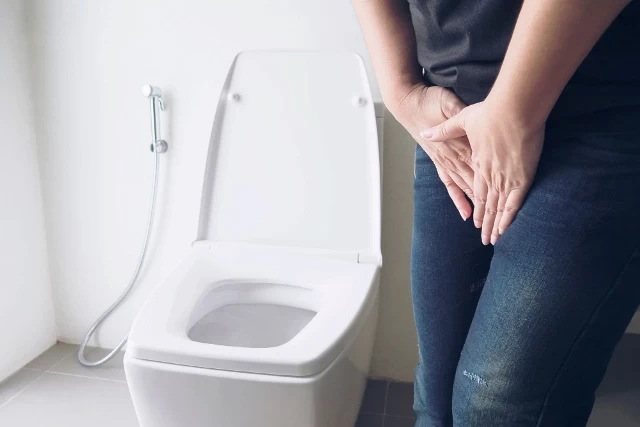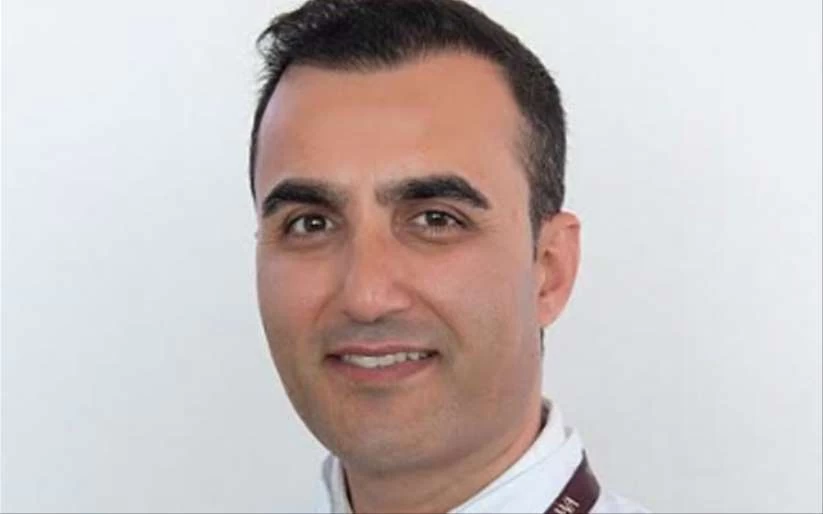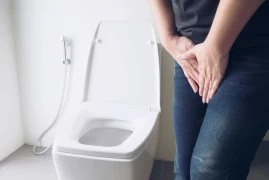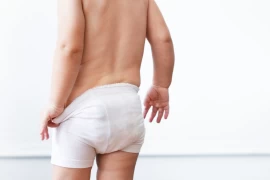
Effective Treatment Method in Prostate Therapy: HoLEP
- Effective Treatment Method in Prostate Therapy: HoLEP
- What is the Prostate?
- Why is Prostate Enlargement Important?
- Treatment Methods for Prostate Enlargement
- What is HoLEP Method?
- Stages of the HoLEP Procedure:
- Who Is a Candidate for the HoLEP Procedure?
- In conclusion…
What is the Prostate?
The prostate gland is a small part of the male reproductive system. It is located just below the urinary bladder, surrounding the lower part of the urethra. The primary function of the prostate gland is to assist in the mixing of the fluid called semen with sperm as it passes through the urethra, enhancing sperm mobility. Therefore, it plays a crucial role in reproductive functions.
As age advances and sometimes due to hormonal changes, the prostate gland can undergo enlargement. This enlargement leads to a condition known as Benign Prostatic Hyperplasia (BPH), which means 'Non-cancerous Prostate Enlargement.' BPH is a common condition characterized by the enlargement of the prostate and is frequently observed in elderly men.
BPH can cause narrowing of the urinary passage due to the compression of the prostate, leading to reduced urinary flow and various urinary symptoms. These symptoms may include:
- Weak or intermittent urinary flow
- Difficulty starting urination
- Urgency to urinate
- Frequent urination at night (nocturia)
- Burning sensation during urination
- Feeling of incomplete bladder emptying
The prostate not only relates to male reproductive functions but also has an impact on urinary functions. Therefore, it is important to pay attention to prostate health and seek timely treatment when prostate issues arise. Regular visits to a urologist for diagnosis and treatment of prostate diseases are important.
Why is Prostate Enlargement Important?
Prostate enlargement is a common health issue in men, referred to as Benign Prostatic Hyperplasia (BPH). It occurs due to the natural growth of the prostate gland with age and typically begins to manifest after the age of 40. Prostate enlargement is significant because it can affect the quality of life in the following ways:
- Urinary Issues: A growing prostate can compress the urethra and narrow the outlet of the bladder. This can lead to reduced urinary flow, weak or intermittent urination, difficulty initiating urination, and a sensation of incomplete emptying or urgency while urinating. Additionally, the inability to fully empty the bladder may result in a need for frequent urination (nocturia).
- Urinary Tract Infections: Enlarged prostate can prevent complete expulsion of urine from the bladder, increasing susceptibility to urinary tract infections. Urinary tract infections can cause discomforting symptoms and, in some cases, serious health problems.
- Bladder Stones: Prolonged retention of urine in the bladder due to enlargement can lead to the formation of bladder stones. These stones can cause pain, further obstruction of urinary flow, and an increased risk of infection.
- Urinary Tract Damage: Long-term urinary retention can result in damage to the urinary tract. This can lead to damage to the urinary tract walls and the kidneys.
- Sexual Dysfunction: Enlarged prostate can contribute to erectile and ejaculatory problems.
- Quality of Life: Urinary symptoms resulting from prostate enlargement can negatively impact daily life and reduce quality of life. It can lead to sleep disturbances, difficulties at work and in social life, and an overall sense of discomfort.
It's worth noting that BPH is not prostate cancer. It is a benign condition and does not carry a risk of cancer. However, men experiencing symptoms of prostate enlargement should consult a urologist, considering that these symptoms could also indicate other more serious conditions. This way, an accurate diagnosis can be made, and an appropriate treatment process can be initiated.
Treatment Methods for Prostate Enlargement
The treatment of prostate enlargement can vary based on the severity of symptoms, the patient's age, overall health, and the size of the prostate. Depending on the progression and patient preferences, one or multiple treatment methods can be used. Here are some commonly used treatment methods for prostate enlargement:
- Medication: For patients with mild to moderate symptoms, medication therapy may be the initial preferred method. Medications like alpha blockers and 5-alpha reductase inhibitors can improve urinary flow, control prostate growth, and alleviate symptoms.
- Minimally Invasive Surgical Methods: In some cases of prostate enlargement, less invasive methods can be used instead of open surgery. These include:
- TURP (Transurethral Resection of the Prostate): The most common method where excess prostate tissue is removed using laser or electricity.
- HoLEP (Holmium Laser Enucleation of the Prostate): Prostate tissue is effectively removed using holmium laser.
- PVP (Laser Treatment for Prostate Enlargement): Prostate tissue is vaporized using green light.
- Prostate Stent Placement: In certain cases, a stent can be placed inside the prostate to regulate urinary flow. The stent keeps the urinary passage open and regulates urine flow.
- Prostatic Artery Embolization (PAE): In this method, microscopic particles are injected into the prostate artery to reduce blood flow to the prostate and halt its growth.
- Ablative Methods: Ablation techniques like HIFU (High-Intensity Focused Ultrasound) or microwave therapy target and shrink prostate tissue by heating or freezing it.
- Prostatectomy: If prostate enlargement reaches a severe stage or does not respond to other treatments, complete removal of the prostate (Open Prostatectomy) through open surgery might be necessary. However, this is a more aggressive and complex option often used in prostate cancer treatment.
The choice of treatment is made by a urologist considering the patient's overall health, prostate size, symptom severity, and patient preferences.
What is HoLEP Method?
HoLEP is a modern surgical technique considered an endoscopic method for prostate treatment. It is based on the effective and precise removal of prostate tissue using holmium laser. This procedure yields effective results, even for larger prostates.
Advantages of HoLEP Method:
HoLEP offers several advantages compared to traditional surgical techniques:
- Minimal bleeding: HoLEP minimizes bleeding due to laser cutting.
- Short hospital stay: Patients are often discharged shortly after the procedure and can return to normal daily activities more quickly.
- Low complication risk: HoLEP minimizes the risk of complications like urinary incontinence.
- Less pain: HoLEP causes less pain compared to traditional open surgery.
- Reduced erectile problems: Erectile problems are less frequent compared to other surgical methods.
Stages of the HoLEP Procedure:
The HoLEP procedure consists of the following key steps:
- Initial Evaluation: The patient's prostate condition and overall health are assessed.
- Anesthesia: Typically performed under spinal anesthesia.
- Removal of ProstateTissue: Using endoscopic instruments designed for this surgery, prostate tissue is completely separated from its capsule using a Holmium Laser. The tissue is then fragmented inside the bladder and removed endoscopically.
- Clearing the Urinary Passage: Prostate removal ensures the opening of the urinary passage.
- Recovery: Patients usually recover within a short period, and the catheter is often removed and the patient discharged after about 1 day.
Who Is a Candidate for the HoLEP Procedure?
HoLEP can be applied to all prostate patients. It has a high success rate for patients with large prostates or those who have not responded to traditional BPH treatments. However, consulting a urologist is essential to determine the appropriate treatment option.
In conclusion…
The HoLEP method is an effective technique in modern prostate treatment. However, like any medical procedure, it carries risks and potential side effects. Therefore, individuals with prostate issues should undergo a detailed evaluation with a specialized urologist to discuss their conditions and suitable treatment options.




